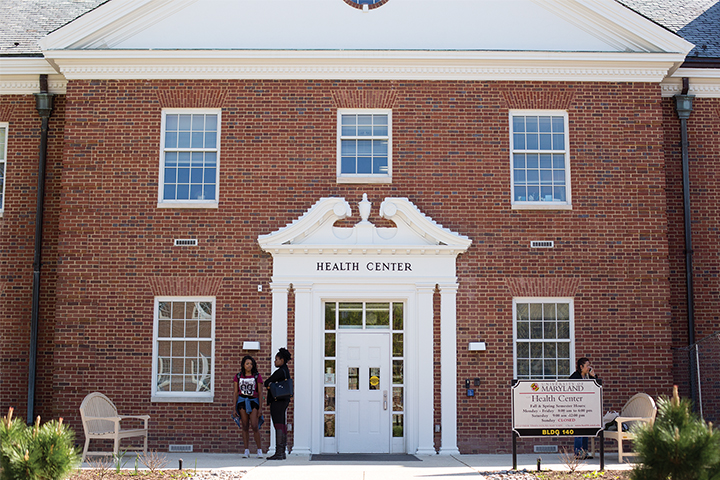By Natalie Schwartz
For The Diamondback
The University of Maryland Health Center is expanding students’ birth control options by offering Nexplanon, an implant that goes in a woman’s arm and can prevent pregnancy for up to three years.
This university decided to provide Nexplanon this year because of the increased demand for what is considered “the most effective method of birth control,” Health Center Director David McBride said.
In 2014, the American Academy of Pediatrics recommended that long-acting reversible contraception, such as implants or intrauterine devices, be the “first-line contraceptive choices for adolescents” due to their effectiveness. The health center has offered IUDs, small T-shaped devices placed in the uterus, for more than a year. This option can last up to 10 years and has a failure rate of 0.2 to 0.8 percent, according to the Centers for Disease Control and Prevention.
Nexplanon has a failure rate of 0.05 percent, according to the CDC, making it the most effective form of birth control on the market. More traditional forms of birth control offered at the health center, such as the pill or condoms, have failure rates ranging from 6 to 18 percent.
Connor Davies, who graduated from this university in 2014, said she’s glad the health center is now offering the implant. When Davies was a student, she had to drive an hour and 45 minutes to her hometown gynecologist to get the implant before rushing back to the campus for a test.
Her arm was still numb from the procedure while driving back on the Beltway, she said.
“The accessibility issue was huge, and now that they are offering the wider range, I’m really happy,” said Davies, a Bedsider U assistant coordinator. “I just hope that they also offer the education on it.”
While the health center has made contraceptives more accessible on the campus, Davies said, misconceptions and lack of education about birth control options are still common.
“There’s a lot of education that’s needed. People, when they think birth control, tend to think of the condom or the pill, not the LARC methods,” Davies said. “Many people don’t know what the implant is.”
Data from the Contraceptive CHOICE project shows that when women were fully educated about birth control options and had unrestricted choice, they chose LARCs about 75 percent of the time.
McBride wrote in an email that the health center has seen more students expressing interest in LARCs now that the methods are available. But the majority of women on the campus are still choosing traditional contraceptive methods, such as the pill, he wrote.
Katie Manders, a sophomore biology major, was unfamiliar with Nexplanon and said the university should do more to promote knowledge about birth control around the campus.
“The university should make the campus aware of what the options are,” she said. “They should send out emails or something.”
Other students, however, said the health center doesn’t need to be advertising these options around the campus.
“It’s a conversation they should be having with their doctors,” said senior Vivian Franks, an early childhood education and special education major. “If they feel they need to be prescribed birth control then their doctors can go over options, but they don’t need to put signs or anything around campus saying what’s available.”
The health center has information about different forms of contraception on their website.
They also offer free individual consultations about birth control with Jenna Beckwith, the sexual health program coordinator.
Davies said it’s important to help women find a birth control method that works for them and their bodies.
“Really with most birth control methods, the symptoms, they really depend on the person. … I’ve had an amazing experience with [Nexplanon] but I have friends who’ve been like, ‘Get this thing out of me,’ and that’s OK. It’s OK to try different birth control,” Davies said.



